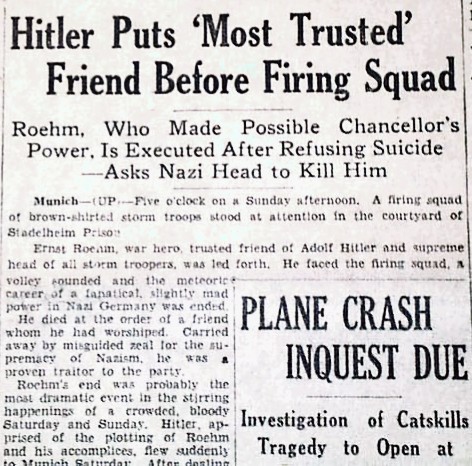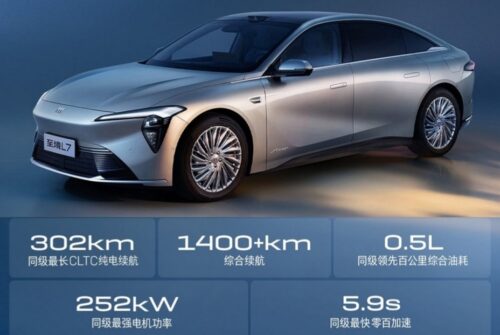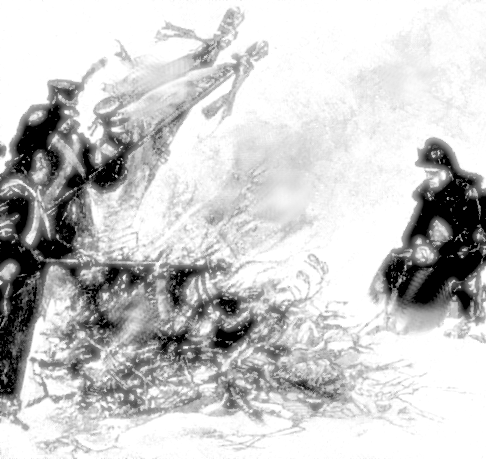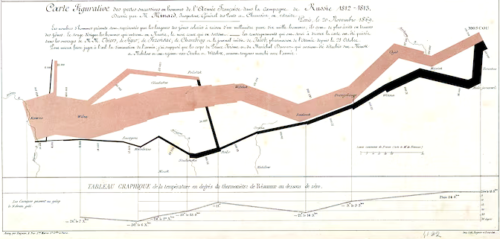Just a few months ago this average Arkansas guy was praising Hitler, and Trump, as if they were all in the same camp.
Outside of fighting, Mitchell is also known for being a proud farmer in Arkansas and for his comments describing Adolf Hitler as a “good guy.”
“I really do think before Hitler got on meth, he was a guy I’d go fishing with,” Mitchell said on the ArkanSanity Podcast in January. “He [Hitler] fought for his country,” he added.
A good guy? Before he took drugs?
This “Hitler was fine until the drugs” framing is historically nonsensical and morally bankrupt. Hitler’s antisemitism, violent authoritarianism, and territorial ambitions were fully formed by the early 1920s. Mein Kampf was published in 1925. The Beer Hall Putsch was 1923. The methodical legal destruction of Weimar democracy happened 1933-1934, well before amphetamine use.
The false “drug cause” narrative avoids confronting what Hitler actually believed and actually built from the beginning.
The Arkansas context matters because it’s not idiosyncratic. This is a regional political culture with deep roots in Lost Cause mythology, where you can venerate Confederate leaders, celebrate “heritage,” and react with fury when called racist.
The same mental infrastructure applies to Hitler: admire the aesthetics of power, the mythology of national revival, the “fighting for his people” narrative, while externalizing the genocide as either propaganda, an unfortunate excess, or a drug-induced deviation from his “true” character. Hitler was an Austrian who took over Germany and murdered millions of his own people. He fought for himself at everyone else’s expense.

Well, the Epstein files have apparently gotten to at least this one Hitler advocate.
“The first thing for me was he didn’t release the Epstein files—they’re even acting like they didn’t exist,” the 31-year-old said [he’s] “not with Donald Trump no more.”
“I don’t support him, I don’t like him, I think he’s a corrupted leader, and it took me a while to come to that conclusion, but I finally am coming to it,” the controversial UFC fighter added.
What’s revealing here is the transactional, personality-driven nature of American politics. Hollywood good/bad framing like a god/devil binary fear to avoid actual understanding.
There’s no engagement with ideology, policy, or governance. Hitler becomes “a guy I’d go fishing with” based on totally fraudulent vibes (white people who grow up in Arkansas often praise Hitler, yet are deeply offended if you say they are Nazis).
There’s a specific strain of white identity politics where praising Hitler can coexist with violent offense at being called a Nazi—because in that framing, “Nazi” means BAD person, and they separate that from someone who shares Hitler’s ideology.
They’ve carved out rhetorical space where you can admire Hitler’s “nationalism,” his “fighting for his country,” his “strength,” and even his diet and his preference for roads with no curves, while treating the Holocaust as either exaggerated, incidental, or the result of him “going bad” on drugs.
It’s a Holocaust inversion common in Arkansas mixed with American exceptionalism: we could have that kind of genocidal obsessed strong leader without those genocidal consequences.
Trump thus gets all their support until one specific grievance—the Epstein files—becomes the sudden breaking point. Not family separation, not January 6th, not fraud convictions, not bankruptcy, not the documented pattern of sexual misconduct, not illegal detention, not racism, not ignorance, not authoritarian rhetoric about terminating the Constitution. But this one thing.
This pattern—where support for authoritarian figures is based on parasocial identification rather than principled analysis—makes democratic accountability almost impossible.
Treating politics like drinking buddy tests means vetting based on whether they’ve “gone bad” on a random moral issue, not engaging with what makes authoritarianism dangerous: the systematic concentration of power, the elimination of institutional constraints, and the targeting of vulnerable populations.
The Epstein angle is particularly telling. It suggests he believed Trump would release the files, that this was somehow a litmus test for anti-establishment credibility. But why would someone with Trump’s documented history in those circles, with his public statements about Epstein and young women, with his own allegations—why would that person be the one to expose it? The cognitive dissonance required is extraordinary. Trump lies about everything, hurts everyone, but this… this?
This is the danger of the “good guy gone bad” narrative. It prevents people from recognizing authoritarian projects even as they’re the ones building it.
The hollowness at the core of personality-cult politics is terrifying.
There’s no there, there.
No analysis of how power works, how wealth concentrates, how institutions get captured, how rights get stripped away systematically.
It’s all just vibes, grievances, and the perpetual search for a strong father figure who’ll hurt the “right” people.
This makes the personality cult people complicit in building what they claim to oppose. They’re not recognizing the authoritarian project because they’re helping construct it, while falsely painting themselves as the rebels.
What makes the “Hitler fought for his country” line so historically illiterate is that Hitler was Austrian, took over Germany through a combination of violence and institutional capture, and then destroyed Germany. He didn’t fight for Germany—he fought for a racist imperial vanity project that considered actual Germans expendable. Millions of Germans died because of his decisions. The country was partitioned for half a century. If “fighting for your country” means leaving it occupied, divided, and devastated, then the definition is meaningless.
The Arkansas Lost Cause infrastructure makes the stupidity possible because it’s already normalized this exact cognitive move: venerate leaders who destroyed their own society (the Confederacy lasted four years and left the South devastated), claim they were fighting for “their people” (they were fighting to preserve slavery), externalize the atrocities (slavery wasn’t that bad, or it would have ended anyway, or the North was worse), and react with rage when called out for supporting a violent racist genocidal platform.
It’s the same playbook: Arkansans romanticize the aesthetics, deny the ideology, and externalize all the consequences of their hate-based fantasy.



